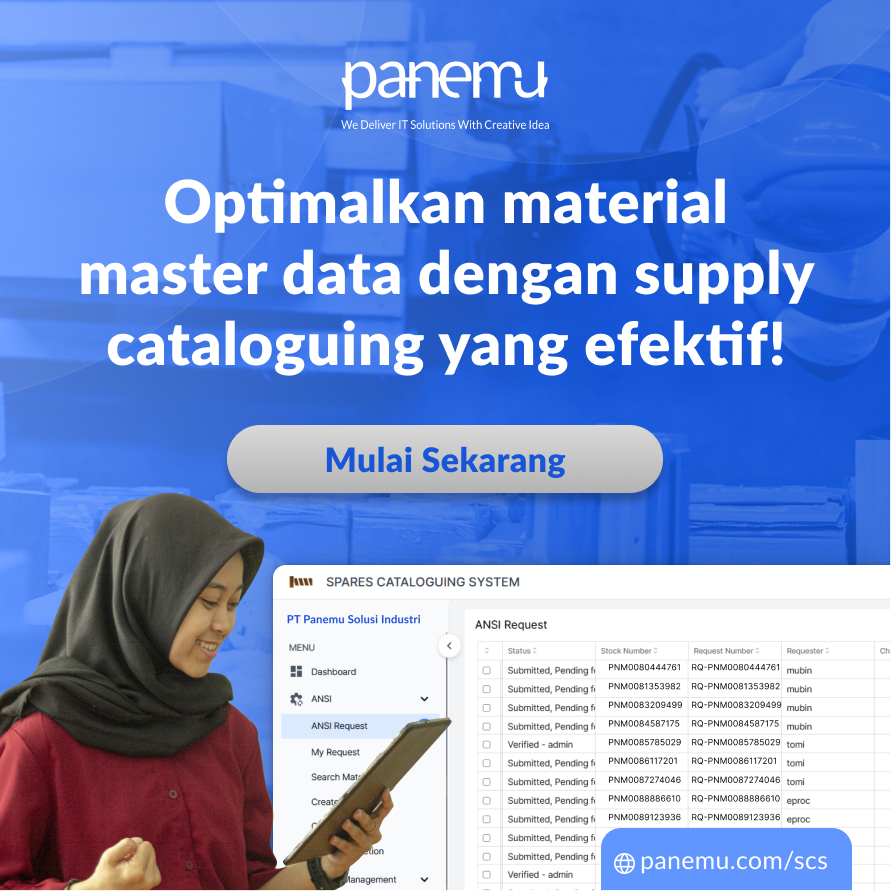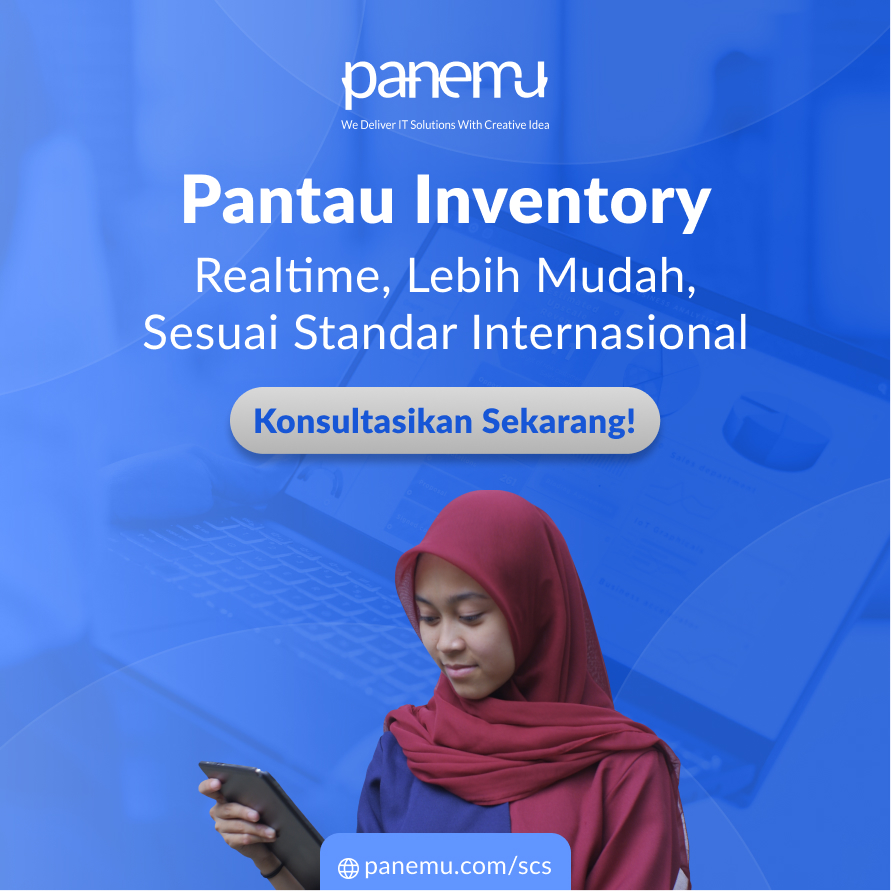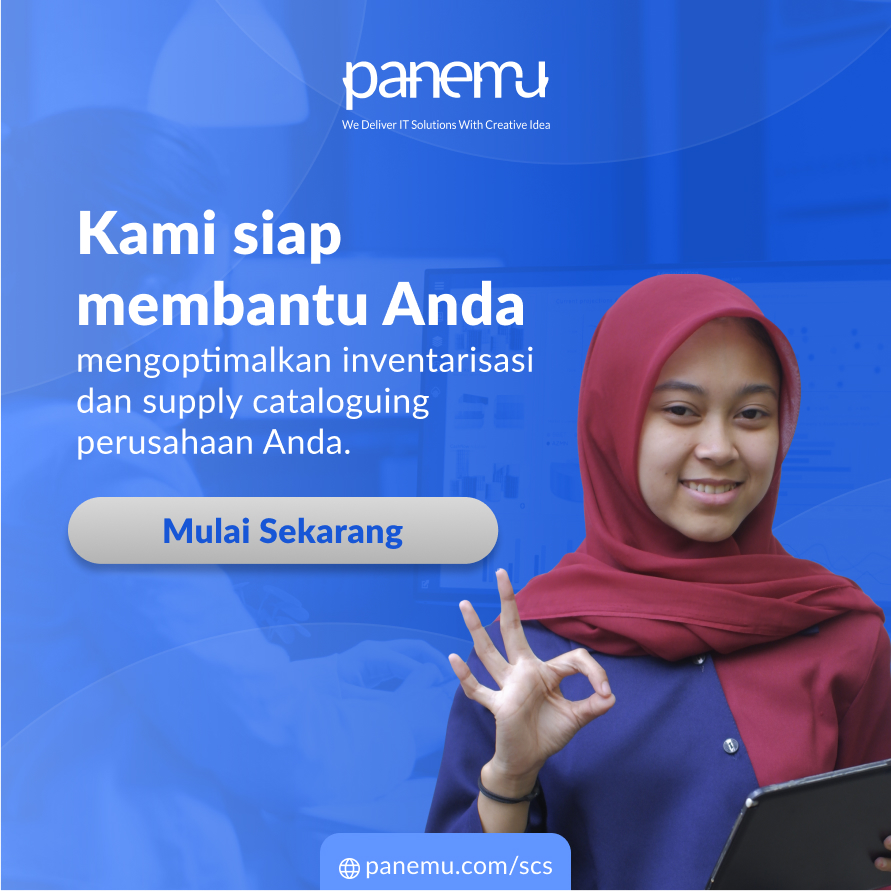A part that is poorly described is a part that gets lost—in systems, in procurement cycles, and in the minds of those who need it most. The way a material is described shapes how quickly it can be found, understood, and acted upon. This is where Material Description Optimization steps in as a critical discipline within MRO data management.
In MRO, a material description is far more than a text field—it is the bridge between technical accuracy and operational usability. Optimizing this bridge means designing descriptions that are concise yet complete, standardized yet readable, and tailored for both human understanding and system processing.
The Strategic Role of Material Description Optimization
When executed properly, Material Description Optimization drives:
- Searchability: Ensuring materials appear in search results when needed.
- Interpretability: Allowing users to understand exactly what a material is without ambiguity.
- Accuracy in Procurement: Preventing costly misorders caused by unclear or incomplete descriptions.
Core Principles of Effective Optimization
🔹 Structured Syntax
Descriptions follow a defined structure, often starting with the noun-modifier combination, followed by key attributes in logical order.
🔹 Attribute Prioritization
Critical specifications—such as size, material, or capacity—are placed early in the description to speed up identification.
🔹 Consistent Vocabulary
Avoiding synonyms and abbreviations that could create inconsistency or confusion.
🔹 Character Limit Discipline
Crafting descriptions that are long enough to be informative but short enough for ERP or EAM field constraints.
🔹 System Compatibility
Ensuring descriptions work seamlessly with digital tools for filtering, sorting, and analytics.
How Optimization Influences MRO Processes
- Maintenance Scheduling: Technicians can quickly verify part compatibility.
- Inventory Audits: Clear descriptions reveal duplicates and obsolete items.
- Vendor Collaboration: Suppliers receive unambiguous specifications, reducing back-and-forth.
- Master Data Governance: Standardized descriptions become enforceable rules within data management systems.
Functional Use Cases
- Oil & Gas: A drill bit described with precise diameter, material grade, and thread type speeds up replacement orders during downtime.
- Manufacturing: Optimized descriptions for bearings include bore size, load rating, and seal type, preventing incorrect picks from storerooms.
- Utilities: Transformers are described with capacity, voltage range, and cooling method for quick field identification.
Sustaining Optimization Over Time
✔ Policy Enforcement
Embed description standards into the ERP/EAM data creation process.
✔ Training and Awareness
Equip data entry teams and requestors with clear examples of optimized descriptions.
✔ Continuous Review
Regularly audit descriptions to adapt to evolving industry terms or internal requirements.
The Silent Efficiency Booster
Material Description Optimization might seem like a minor detail, but it quietly powers efficiency, accuracy, and clarity across MRO operations. When every part in the system can be found, understood, and acted upon in seconds, the entire supply chain moves faster and more reliably.
Panemu’s Cataloguing Service applies rigorous description optimization frameworks to ensure every material in your system is both technically accurate and operationally usable. Discover how our SCS Key Features turn raw material data into a high-performance asset that accelerates decision-making and reduces operational friction.


